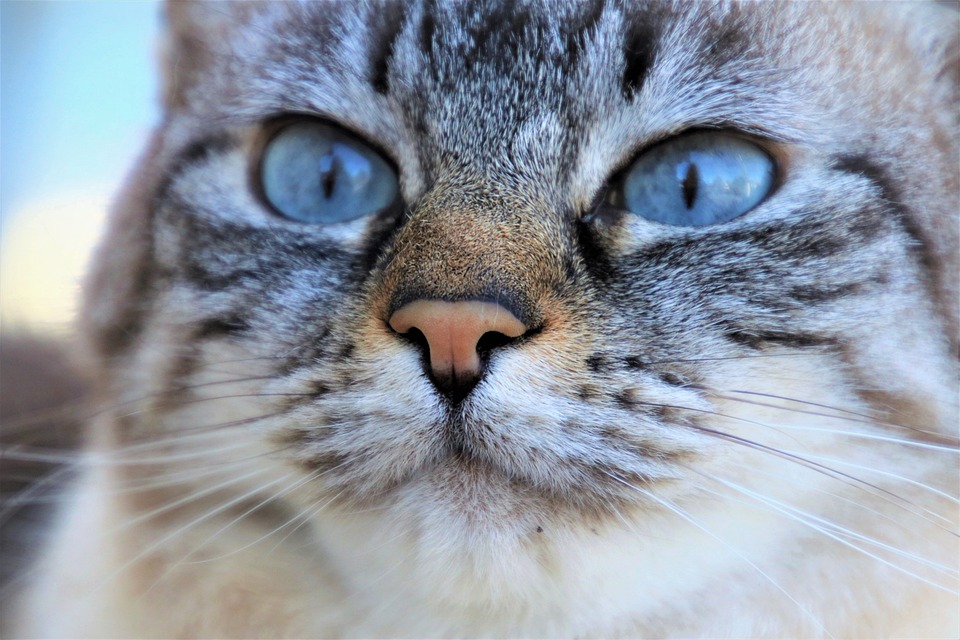Tail puffing is a behavior commonly observed in various animals, including cats. It involves the sudden expansion of the tail, making it appear larger and fluffier. While it may seem cute or amusing, tail puffing serves important purposes in animal communication and social interactions. In this article, we will delve into the causes and functions of tail puffing behavior in animals, with a specific focus on cats.
Firstly, let’s understand what tail puffing is. Tail puffing refers to the sudden expansion of the tail, resulting in a larger and fluffier appearance. It is a visually distinct behavior that can be easily observed. Tail puffing is not limited to cats; many animals, including squirrels, birds, and even some reptiles, exhibit this behavior.
There are several causes of tail puffing behavior. One common cause is fear and threat response. When animals perceive a threat, their fight or flight instinct kicks in. Tail puffing is a defensive behavior that animals use to appear larger and more intimidating to potential predators or threats.
Aggression and territoriality are also causes of tail puffing. Animals, especially dominant individuals, may puff their tails to signal their dominance and establish boundaries. This behavior is often seen during territorial disputes or encounters with other animals.
Excitement and arousal can also trigger tail puffing behavior. Animals, including cats, may puff their tails when they are excited or anticipating something positive. Playful behavior is often accompanied by tail puffing, indicating the animal’s enthusiasm and engagement.
The functions of tail puffing behavior are diverse. One important function is communication between animals. Tail puffing can serve as a warning or intimidation signal to other animals, indicating that the puffing individual is not to be messed with. On the other hand, tail puffing can also indicate submission or appeasement, especially in situations where animals want to avoid conflict or aggression.
Tail puffing behavior also serves as a visual display for predators or prey. By puffing their tails, animals can mimic a larger size, potentially deterring predators or confusing them. This behavior can be particularly effective for animals that rely on camouflage or intimidation as a defense mechanism.
Furthermore, tail puffing can also be an expression of emotions and mood. Animals, including cats, may puff their tails when they are stressed or anxious. Conversely, a relaxed and content cat may also exhibit tail puffing behavior as a sign of comfort and relaxation.
When it comes to cats, understanding their tail puffing behavior is crucial for interpreting their emotions and intentions. By observing the context, body language, and accompanying behaviors, cat owners can better understand the meaning behind a cat’s puffed tail. Different tail positions and movements can convey different messages, such as fear, aggression, or playfulness.
In conclusion, tail puffing behavior in animals, including cats, serves as a vital form of communication and expression. By understanding the causes and functions behind this behavior, we can better decode the emotions and intentions of our animal companions. This deeper understanding can lead to improved interactions and a stronger bond between humans and their furry friends.








